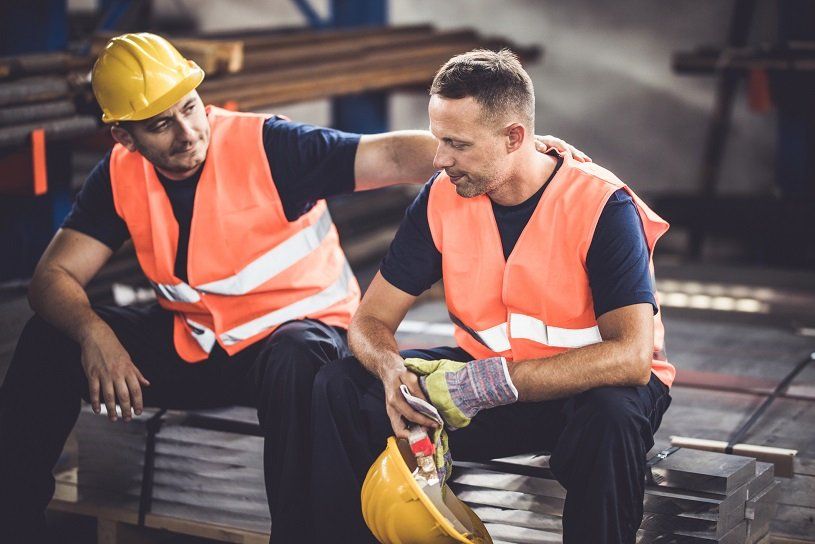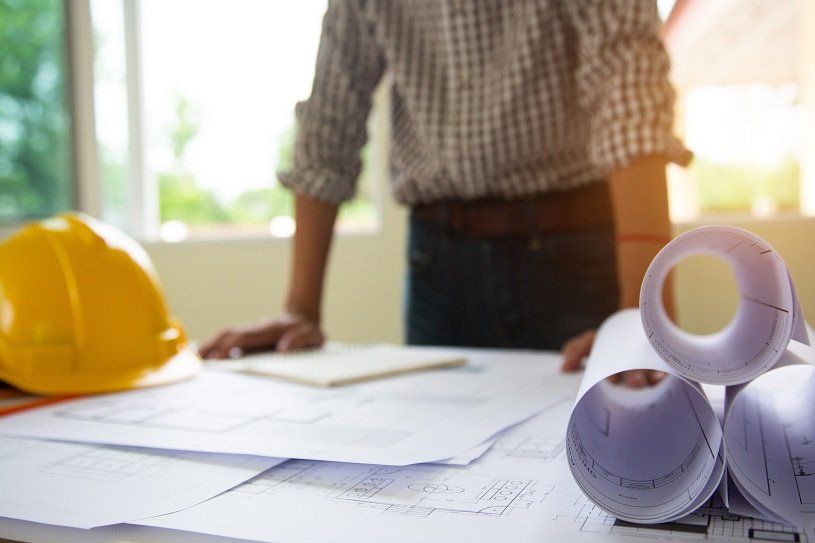Construction Blog

The World Green Building Council (WorldGBC) has released a landmark report announcing that the world’s construction sector could reduce its carbon emissions by 40 percent by the year 2030. And further to this, that it has the potential to achieve net zero emissions by 2050, which would be in alignment with the Australian government’s commitment to the Paris Climate Agreement. According to the council, the building and construction sector accounts for 39 percent of all carbon emissions globally. 28 percent of this is made up of operational emissions from energy used to heat, cool and light buildings, while the remaining 11 percent is from ‘embodied’ emissions, which are associated with materials and construction processes throughout the building lifecycle. According to the report, these have long been overlooked, however reducing these will play an important part in keeping global temperatures from rising in excess. A change in mindset The report, ‘ Bringing embodied carbon upfront’ is promoting a vision that has received much support, seeing endorsement by representatives from developers and construction companies, financial institutions, city networks and government, as well as industry representatives from concrete, steel and timber. The report’s focuses heavily on demystifying embodied carbon emissions, through breaking down complex terminology and creating a common language that establishes just what net zero embodied carbon would look like and entail for the industry. The future of environmental engineering and renewables The WorldGBC’s report presents a clear pathway of actions that designers, investors, manufacturers, government, NGOs and researchers across the whole value chain can take to accelerate decarbonisation, address current market barriers and, develop low carbon alternative solutions for market. “Our new report is a solution focused response to the urgent need to significantly reduce upfront emissions in buildings and construction and demand action across carbon intensive industries and materials.” WorldGBC CEO Christina Gamba said at the release of the report. “ With the support of our global network and the endorsements we have received for the report, we are confident that we can stimulate market demand and facilitate radical whole value chain collaboration that will be truly transformative and benefit both people and planet. ” The report establishes 25 short and long-range actions which must be taken across aforementioned stakeholders in order for the plan to be delivered, including: Investors only financing new buildings, infrastructure or manufacturing plant which meet targets. Developers mandating discovery of supply chain data and construction site emissions Manufacturers shifting to renewable or low carbon energy Designers proposing best practice embodied carbon reduction targets Job growth on the rise This support for the decarbonisation of buildings shows the increased interest to seek out specialists within the area of sustainable construction and renewables, with a growing number of organisations pledging to embrace sustainable construction methods and renewable technologies to decrease emissions. In a report released by the Climate Council , if a 50% Renewable Electricity is reached by 2030, it will lead to over 28,000 new jobs in Australia. NSW and Queensland would receive the largest job growth, with more than 17,000 combined, while Victoria would be expected to have an additional 4,000 jobs by 2030. Even now, data reveals that a shift towards sustainable engineering and construction is growing rapidly, with the global renewable energy sector employing 11 million personnel in 2018, compared with 10.3 million in the year prior. Bayside Personnel partners with a range of private and government organisations to source Engineering and Technical professionals across Australia. Contact us to find out more about our recruitment services today.


